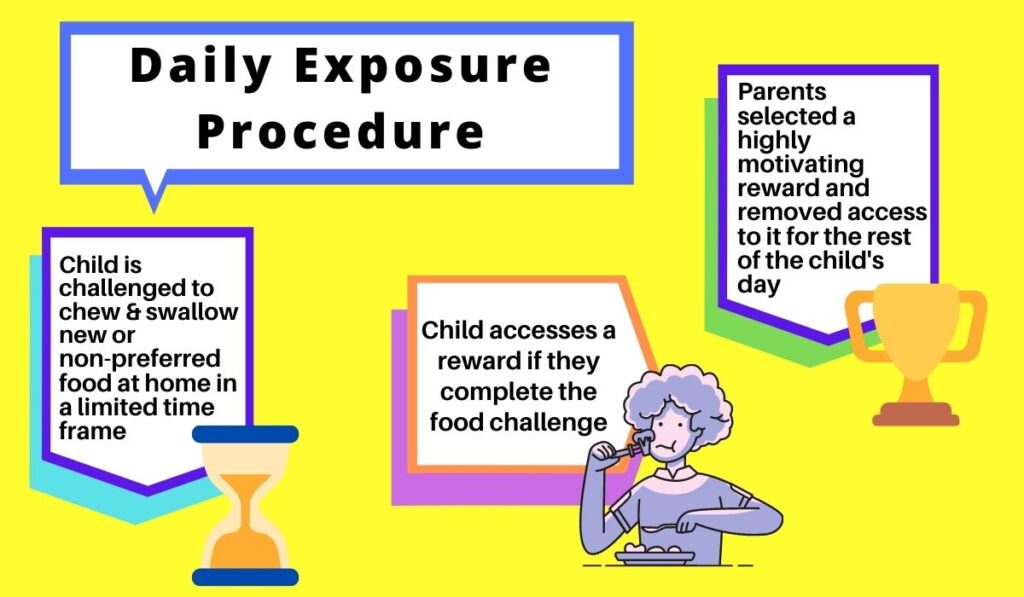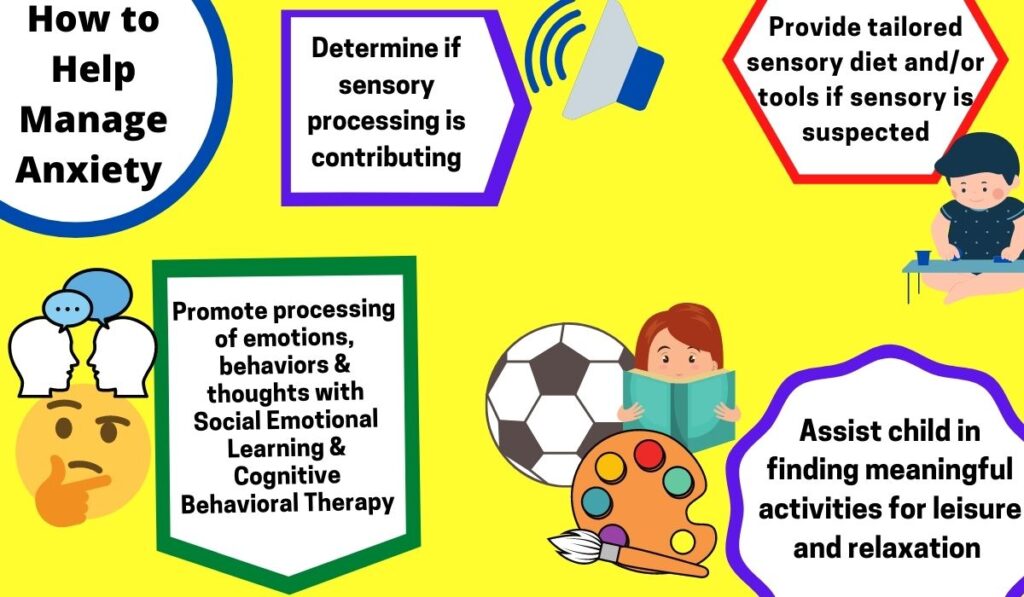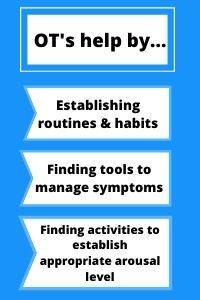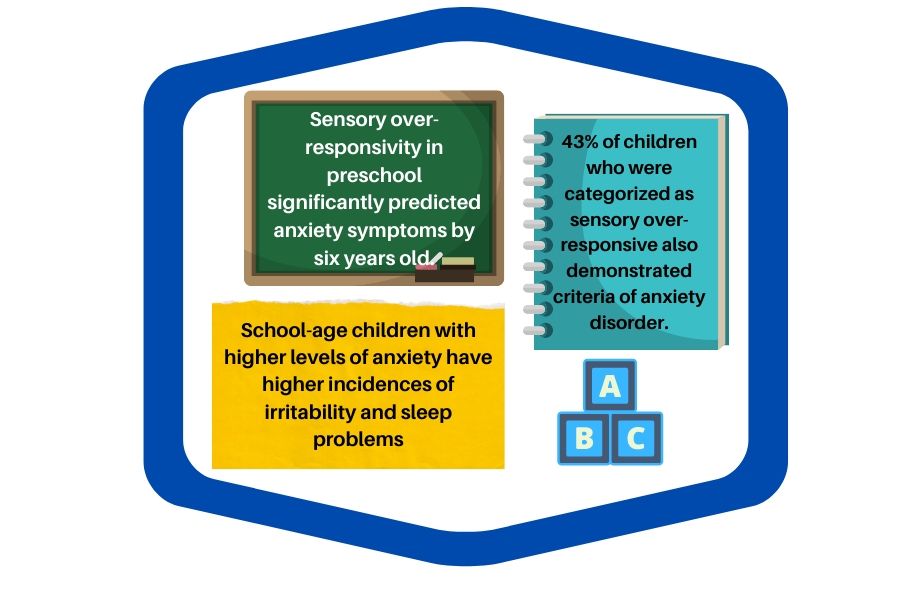
Sensory processing is so central to what peds OT’s do these days, but there remains a lot of difference in opinions. From “whether it exists,” to what’s the most effective way to treat it. One often leaves OT school feeling like there’s still a lot of new learning to be done.
Learning curves for new grads can be steep. I will say that I personally have shifted my thinking dramatically as an OT since the time I graduated. I have gone from being very detail oriented, goal focused, everything must look like typical to much more practical, holistic and functional.
This journey has led me to be interested in developmental approaches like the DIR/Floortime model. From what I’ve read, it is a collaborative approach between parents and professionals, in which parents are key players. It also emphasizes emotional development and engagement. These are also two elements that have become largely more important to me as I’ve learned to see the forest instead of focusing only on the trees.
I plan to research more into DIR and similar approaches, but this was a basic starting point on an article that reviewed DIR’s impact on communication and self-regulation.
Journal Journal of Occupational Therapy, Schools, & Early Intervention (SNIP 0.535)
Article Title Intervention effects on communication skills and sensory regulation on children with ASD
- 1A Systematic review of homogeneous RCTs
- 1B Well-designed individual RCT
- 2A Systematic review of cohort studies
- 2B Individual prospective cohort study, low quality RCT, ecological studies; and two-group, non-randomized studies
- 3A Systematic review of case control studies
- 3B Individual retrospective case-control studies; one-group, non-randomized pre-post test study; cohort studies
- 4 Case series (and low-quality cohort and case control study)
- 5 Expert opinion without explicit critical appraisal
Methods Professionals recruited 25 children aged 3-6 years old with ASD and their families to participate in this study.
Intervention
A multi-disciplinary team developed focused individualized intervention plans for each child that were completed for a 10 month period. The programs included 1-2 elements that were included in the approach: Floortime, sensory integration and speech therapy (Helena I. S. Reis, Ana P. S. Pereira & Leandro S. Almeida p. 349, 2018). Important aspects of the intervention process included:
- A team of multi-disciplinary professionals who worked as a team with families
- Identifying children’s strengths, preferences and interests
- Focusing on developmental areas that emphasis connection, engagement and social skills to promote learning in a child’s natural environments
Every member of the team of professionals was trained in DIR/Floortime and OT’s additionally were trained in Ayres Sensory Integration (Helena I. S. Reis, Ana P. S. Pereira & Leandro S. Almeida p. 350, 2018). All team members had also worked for more than 5 years in the Early Intervention System with children with ASD.
Sessions were as follows…
Floortime A psychologist led parents in 30 minute Floortime sessions, in which psychologists coached parents in promoting joint attention from their child. The psychologist also observed and provided feedback to the parent utilizing these skills following the time spent working together.
Sensory Integration OT’s led sessions for 30 minutes if the child participated in multiple therapies from the three options (SI, Floortime and Speech therapy). The children who only participated in SI therapy participated in 45 minute sessions. OT sessions aimed to promote joint attention, social skills, perceptual skills and motor planning through eliciting increased integration of sensory input.
OT’s also provided education to parents as to the connection between sensory integration abilities and difficult behaviors children sometimes display. In this education, OT’s included information on how to adapt the child’s every day routine with modifications to promote regulation.
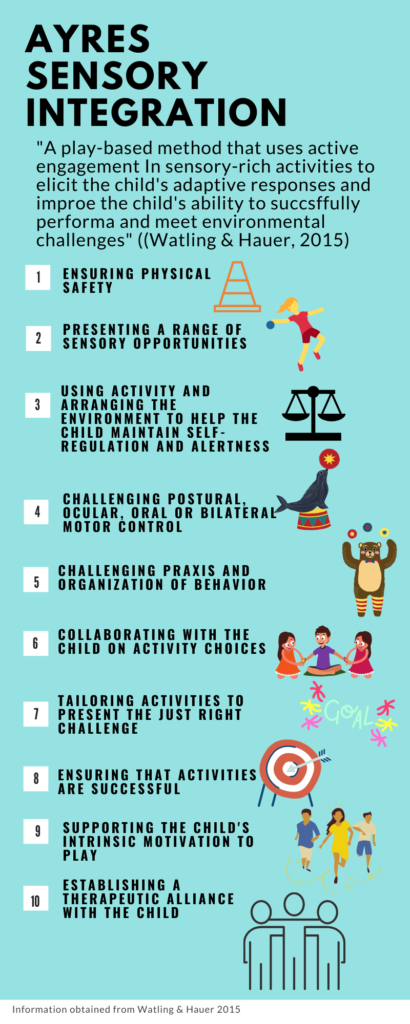
Speech Therapy Speech therapists used augmentative and alternative communication systems in sessions to promote natural gestures and symbolic communicative forms during their 30 minute sessions (Helena I. S. Reis, Ana P. S. Pereira & Leandro S. Almeida p. 352, 2018).
Measures Parents completed the Assessment Scale of Children with ASD, which gathers information on Social Communication, Repetitive Behaviors and Restricted Interests, and Sensory Processing.
Findings
Children demonstrated statistically significant improved scores for the areas of Social Communication and Sensory Processing. The area of Repetitive Behaviors and Restricted Interests did not yield a statistically significant in the change in parents’ ratings.
Things to Consider
The authors note that the study had no control group, so the results cannot be compared to a lack of treatment, alternative treatment, nor control for development by maturation alone. They also noted that they did not compare or categorize children based upon the severity of their symptoms of each area included.
A limiting element in applying this study to a wide array of OT’s is that the OT’s in this study were trained in both Ayres Sensory Integration and Floortime. I definitely believe I do Sensory Integration Therapy based on the principles in the infographic above, but I’m not officially trained. What I do take away from this article is evidence that developmental models such as DIR/Floortime are a valuable tool to enhance the occupational therapy one is already providing.
References
Helena I. S. Reis, Ana P. S. Pereira & Leandro S. Almeida (2018). Intervention effects on communication skills and sensory regulation on children with ASD, Journal of Occupational Therapy, Schools, & Early Intervention, 11:3, 346-359, DOI: 10.1080/19411243.2018.1455552
Watling, R., & Hauer, S. (2015). Effectiveness of Ayres Sensory Integration® and sensory-based interventions for people with autism spectrum disorder: A systematic review. American Journal of Occupational Therapy, 69, 6905180030.



